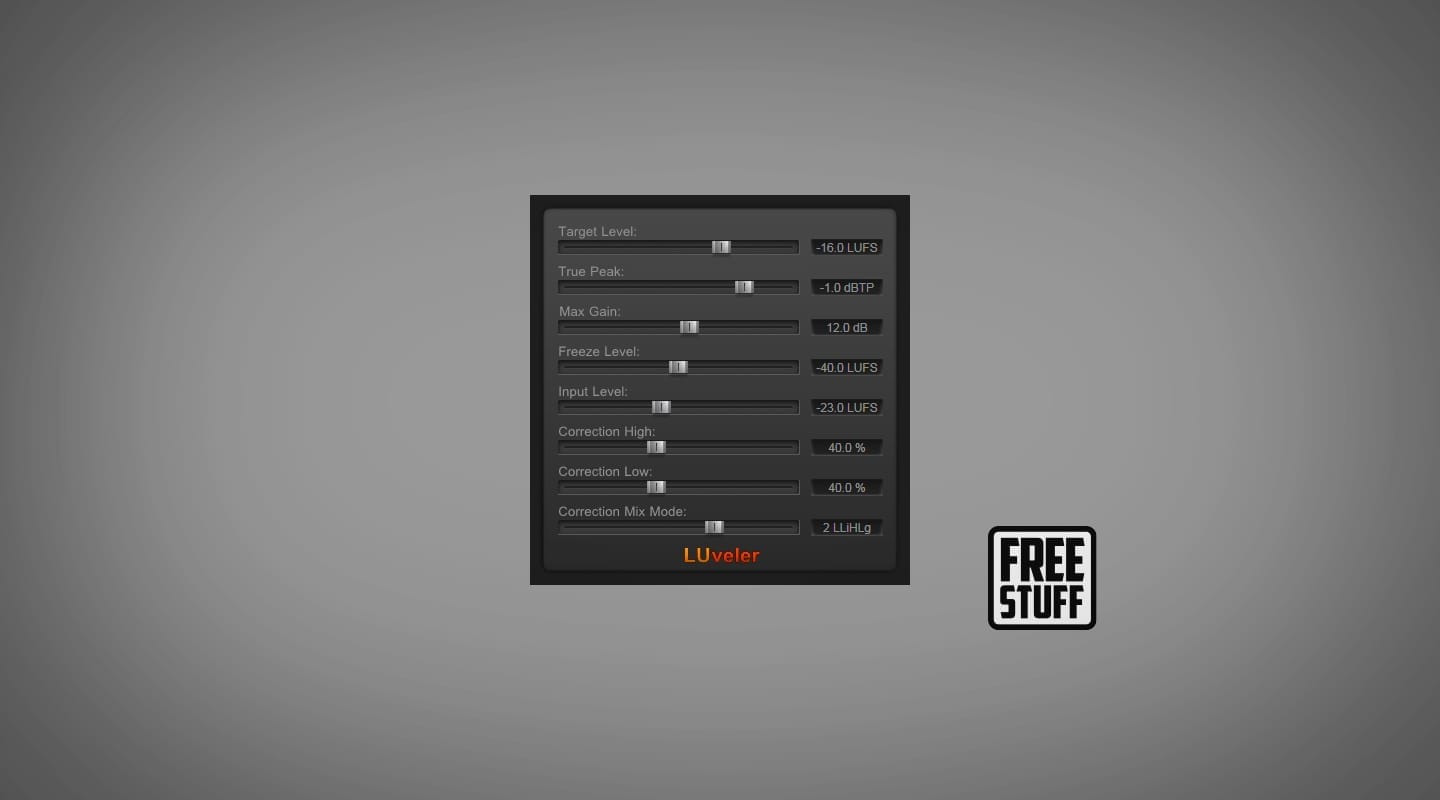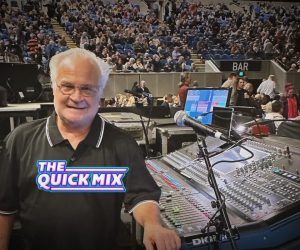
Thomas Mundt: LUveler
A free loudness & dynamics modification plugin.
Compatible with the ITU-R BS.1770 specification, LUveler provides a precise reduction of the dynamics and works as transparently as possible to maintain the sound quality even under heavy use of its compressors and limiters. This allows a wide range of applications, such as matching dynamic material produced according to the EBU R 128 to a much louder platform; the automatic levelling of a podcast; or simply increasing or decreasing loudness without changing the dynamic range. High-quality true peak limiters avoid exceeding the maximum level.
SHORT EXPLANATION OF PARAMETERS
Target Level. This is the desired target loudness, e.g. -16.0 LUFS. In case the source material has very quiet passages or is very dynamic, e.g. movies or classical music, the adjusted value will not be reached and must therefore be set higher.
True Peak. The maximum true peak level. Please note that the calculation of the inter sample peaks depends on the used upsampling algorithm and leads to slightly different results between limiters and true peak meters. The upsampling algorithm in the LUverler limiter is designed to process the transients as cleanly as possible and to exceed the true peak level as little as possible even with very high quality true peak meters. Depending on the material and the true peak meter used, the adjusted value can be overshot by up to 0.2 dB.
Max Gain. The maximum overall gain. The overall gain also includes the basic loudness boost. So, for example, if you want to boost the quiet parts by up to 10 dB, and you have a Target Level of -16.0 LUFS and a measured integrated loudness of the source material of -23.0 LUFS, then the Max Gain must be set to 17 dB. 7 dB is needed to boost from -23.0 to -16.0 LUFS.
Freeze Level. The gain is only increased if the loudness of the input signal exceeds this threshold. The loudness of the input signal and not the individual sample is taken as the reference value, so that individual short peaks, e.g. a cough in an otherwise quiet concert hall, do not immediately raise the entire background.
Correction & Input Level. In addition to the controlled loudness adjustment, a fixed gain can be set via the Input Level. The known or previously measured integrated loudness of the source material can be taken as the Input Level. The Correction sliders (High / Low) set the amount of controlled gain compared to the fixed gain. 0% -> completely fixed gain, 100% -> completely controlled gain. This way the dynamic range can be selectively reduced without making everything sound flat. The differences between loud and quiet parts become smaller, but remain proportional. The Max Gain is always enabled, but never exceeded.
The correction is divided into two parts – High and Low. The loudness of the control loop is constantly compared with the set Input Level. If the loudness of the control loop is above this level, ‘Correction High’ applies, otherwise ‘Correction Low’ applies. This allows, for example, parts that are louder than the target level to be reduced dynamically to a greater extent than the quieter parts. As a result, a higher dynamic range is maintained and the limiter is still relieved. Corr Mix Mode. Sets the characteristic curve of the mixing ratio for Correction High and Low.
0: linear characteristic for Correction High and Low
1: linear characteristic for Correction High and logarithmic characteristic for Correction Low
2: logarithmic characteristic for Correction High and linear characteristic for Correction Low
3: logarithmic characteristic for Correction High and Low
With logarithmic Mix Mode or if very different values are used for Correction High and Low, the program loudness may fall below the target value. This can be compensated by increasing the Target Level.
LFE Gain (5.1 only). This allows the level of the LFE channel to be adjusted. In BS.1770, the LFE channel is not taken into account. Therefore no dynamic processing is provided. In order not to exceed the adjusted true peak, the LFE channel is also limited by a true peak limiter.
Features:
- Supported Sample rates: 8 kHz – 192 kHz
- Latency: 35.375 ms
Available for Windows and Linux only.
















RESPONSES